Deciding where to mint your work as a creator comes with a surprising amount of choices and details to consider. There's the choice of which blockchain and then which marketplace to use, all of which come with their own transaction and network fees. You have to decide how you want to manage scarcity, edition sizing, and how to price accordingly. Figuring out where you want to promote your work and where your audience is located are also important parts of the process.
We sat down and talked with Kane Mayfield, a prolific artist in the NFT space with success on multiple blockchains across a variety of mediums, for some of his thoughts on how to set yourself up for success when minting your work onto a blockchain.
#1 - Pick a chain, pick a marketplace
The first thing to decide is which chain you want to use, and there are a few things to keep in mind depending on your use case. Things like transaction costs, platform fees, where your digital assets are stored, and trade volume all should be considered. Governance of the chain is also overlooked, as knowing how changes are made to the chain is very important when trying to assess longevity and permanence.
Blockchains are like religions, no one chain gets everything right. - Kane Mayfield
There aren't many blockchains that Kane hasn't minted on, and he's got a lot of opinions, insights, and experiences to share. We'll take you through several different chains in the order of Kane's journey and share some of the key takeaways for each. There's a lot of ground to cover, so let's get into it.
Minting on Ethereum
Marketplace Links 🔗 OpenSea, Foundation, SuperRare
Ethereum happens to be the first stop for many creators in Web3 as it's simply the largest, deepest, and most prevalent blockchain when it comes to NFTs. It's where Kane and many other people started.
What I liked about Ethereum was that it's robust enough to mint there for a while and hardly touch the same marketpalce twice. There's enough infrastructure and people there, you can go to SuperRare, MakersPlace, Foundation, Known Origin, OpenSea. It's like throwing your stuff into the ocean. It reminds people that nobody is there waiting for your art. Unless they are, then good for you. -Kane Mayfield
There's a lot of good things about Ethereum. As Kane said, there's a really deep ecosystem of tooling and platforms available to people that just doesn't exist yet elsewhere in a lot of cases. The liquidity is also the deepest as well, which can be important depending on how you're approaching your NFTs.
But there are some drawbacks when it comes to being the biggest name in town. There's also a higher propensity for scams and rug pulls, since that's where the trade volume and activity is at. Ethereum projects seem to focus much more on floor pricing and flipping rather than cultural or philisophical reasons.
Minting on Tezos
Marketplace Links 🔗 OBJKT, Versum, fxhash
Not long after being onboarded to Ethereum he started hearing rumblings about Tezos, which felt like a completely different continent than Ethereum. According to Kane, there are two sides to Tezos: it has the best art and the best artists, but it's offputting to people who don't come from a strong art or art history background. He also thinks the competition is the stiffest on Tezos when it comes to standing out visually.
Another key takeaway of Tezos is that a lot of people are happy to price their work for much cheaper than people usually expect. As someone who abides by their floor pricing and doesn't ever undercut his collectors, it was a challenge on Tezos at first. He'd made some sales on Ethereum and had some semblance of a floor price for his works, and translating that into an equivalent amount of Tezos was hard.
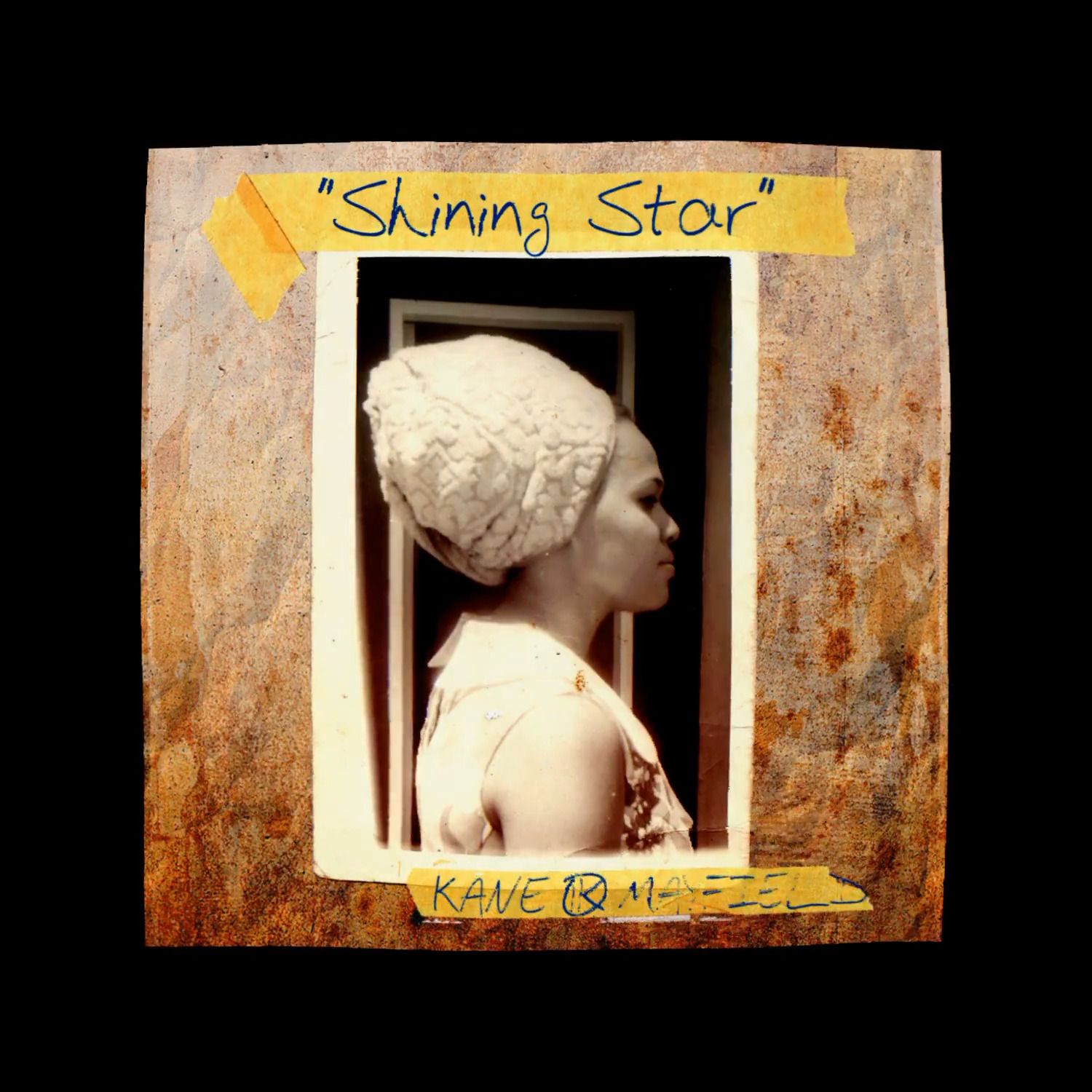
When the Tezos NFT community was getting it's legs underneath itself, it received a lot of attention due to it's relatively miniscule transaction fees compared to Ethereum. Why pay hundreds of dollars when you can pay less than 1? Now, with the current state of the bear market, Ethereum fees have become much more reasonable, so this point isn't as strong. A dollar or two is all someone needs to get started on Tezos.
The things Tezos can emphasize is that it's a really great chain for artists. The best art is on tez. The best artists are on tez. The best culture is on tez. It's not cost prohibitive. And nobody believes or cares about decentralization, except people on tez. It's a beautiful fern gully where the artists get to dictate the conversation most of the time.
The best parts about Tezos have nothing to do with liquidity or sales volume, and inducing FOMO won't get you very far either since most community members have seen it all before. If you're here for the art, for the culture, you'll have a good time on Tezos. If you're trying to leverage the community as a means to an end, making and taking profits, you won't last long unless you're a world-class artist and too big to fail.
Minting on Solana
Marketplace Links 🔗 FormFunction, Exchange.art, Solsea.io
Different blockchains have different cultures. - Kane Mayfield
When it comes to Solana, Kane's general interpertration of the communities there could be boiled down to a lot of the same reasons Ethereum can be offputting: there's a stronger emphasis on big projects, buying, flipping, and trying to be early on the next big drop. It turns into a zero sum game and ends up only being fun for a very small group of people.
There was a surprising amount of liquidity and trade activity on Solana earlier this year, but it was nearly all focused on PFP projects. It was a challenge for Kane to find people who approached things the same way he did, and the Solana NFT scene was too much about the money for his tastes.
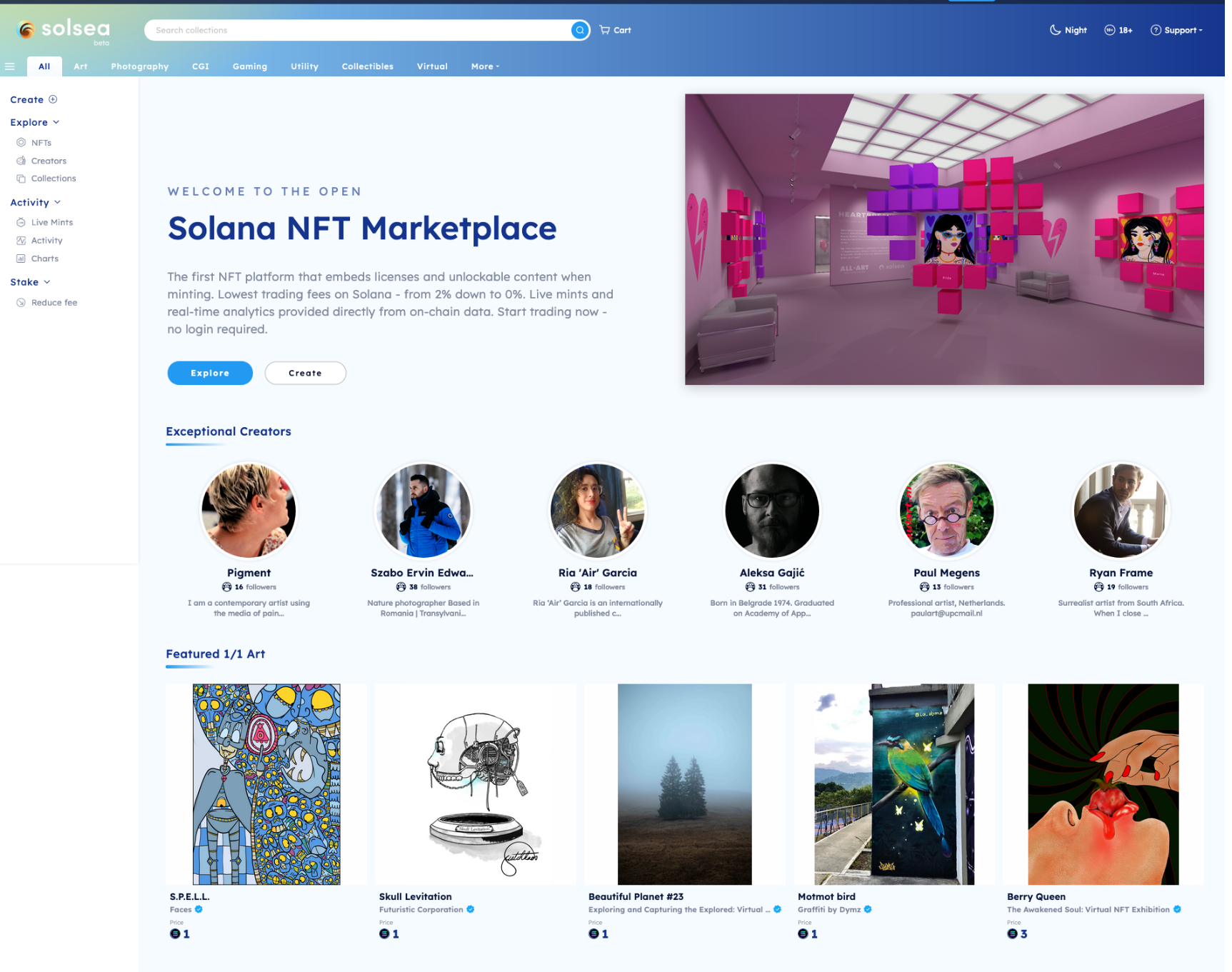
Solana is also heavily backed by venture capital firms, which is in a lot of ways the antithesis of Web3. We'd also be remiss if we didn't mention the numerous outages the chain has suffered and went completely offline this year too. There is not very much confidence in the air when it comes to the longevity and future of SOL.
Now that isn't to say there aren't interesting projects on Solana, or a lot of smart people working on solutions. There is some really neat stuff happening, it's just hard to get excited when there's so many questions about the long term sustainability of Solana. Balancing all of those points, Kane doesn't believe it will be a satisfying or enjoyable experience selling his work over there.
Minting on Bitcoin
Marketplace Links 🔗 Pepe.wtf, Counterparty.io
Bitcoin has been a really enjoyable experience for Kane Mayfield, and hearing him talk about his experiences and growth over there was very compelling. The culture is unlike any other chain– there are many historical and high profile NFTs that live on Counterparty (the go-to NFT marketplace for Bitcoin NFTs) that it makes minting very challenging or intimidating. But he feels the safest with Bitcoin NFTs since there's no question about the permanence of the blockchain when it comes to BTC.
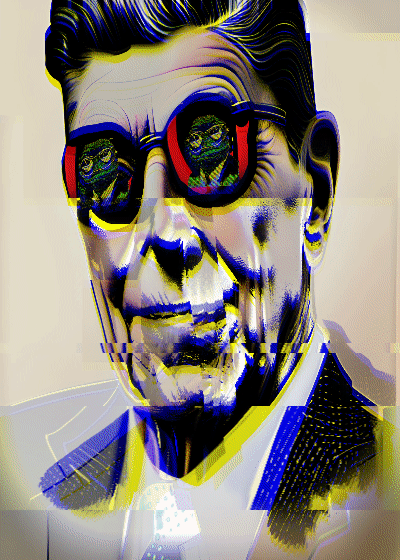
The culture and communities on Bitcoin are very different compared to nearly everyone else out there. The way memes proliferate, morph, and become their own language is very unique. Maximalist mindsets are more common here, but the culture is decentralized. It ends up being a strange echo chamber at times.
I think the most interesting takeaway I got from Kane regarding Bitcoin was how he feels a lot more attached to the work he mints here because of how much more work and care needs to be taken. The journey is an important part of the process for him when creating NFTs.
Minting on NEAR
Marketplace Links 🔗 Mintbase, Paras.id
NEAR is a standalone blockchain trying to compete with Ethereum that utilizes different mechanisms for scalability and speed. He's minted some work on the chain and it was an enjoyable experience, it's just difficult to promote since there's hardly anyone using it. To him, it's clear there's a lot of smart people working on the chain, but it's mostly just vibes at this point.
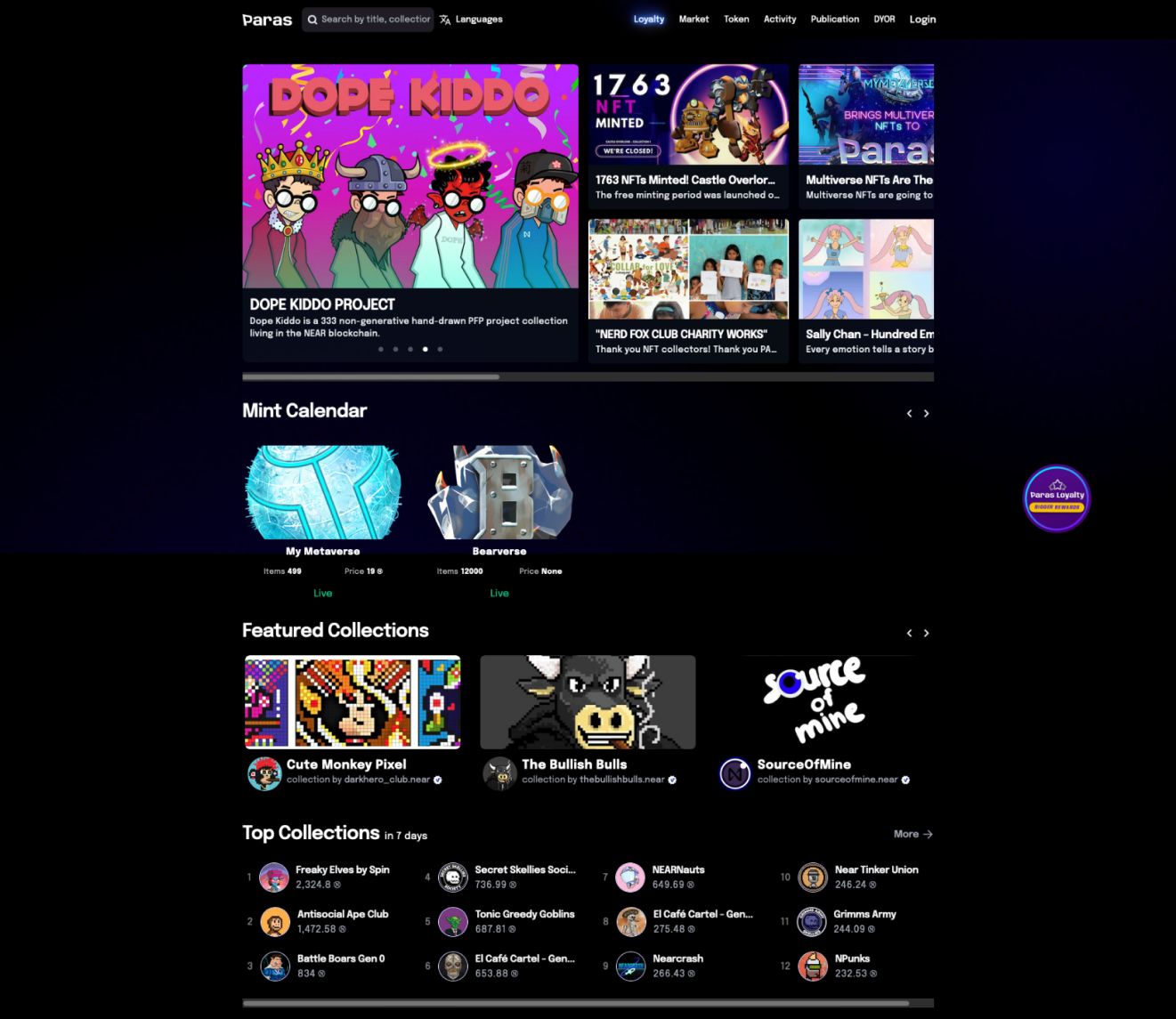
The key takeaway with NEAR is that it offers a fairly polished experience, it feels enjoyable to use, but there's just not enough stuff happening to keep his interest or make an effective use of his time. It's worth spending time exploring it a little bit though, being pragmatic is crucial in being able to stay informed on a lot of these topics.
Minting on Flow
Marketplace Links 🔗 BloctoBay, Starly, NBA TopShots
Flow is one of the more oddly positioned blockchains you'll come across. It's very much focused on big brands and big releases, as opposed to being accessible or decentralized. It feels like Flow burned pretty bright for a while, but it's ultimately not going to be the preferred chain of many people.
If you look at the numbers provided by DappRadar, it's not an exaggeration to say that the only reason Flow has activity on the chain is because of NBA TopShots. If you're unclear on what TopShots are, you can think of them as NFT basketball cards, or memorable highlights from star players. It came out very early in the NFT scene and was very successful for a long time.
You can argue TopShots is still successful – there's been a little over 3 million dollars of trade volume in the last month, but it's difficult to give people a genuine and compelling reason to use the chain. I would argue that Flow is important for some historical context, but it's not relevant at the moment for an average sized artist.
Minting on Polygon
Marketplace Links 🔗 OpenSea, Element, BitKeep
I minted on Polygon one time. It went ok. - Kane Mayfield
To start with, Polygon has not been a great experience for many of us. It was introduced at a time when gas fees were astronomically high and impossible for regular people to use reasonably, so the incentive to try new chains had to have been at it's highest.
Now here comes Polygon: it's being sold to us as a faster, gasless Ethereum! You only needed to get some MATIC (the native token to Polygon) to see how cheap and fast it was! The problem is that one does not simply purchase MATIC tokens on their preferred exchange and send them to your Polygon address 😭.
- None of the centralized exchanges like Coinbase or Binance allowed you to transfer Polygon over Layer 2.
- So we had to purchase Polygon (MATIC) tokens, and send them to your wallet on the Ethereum network and pay a huge gas fee
- After you've got your Polygon tokens inside your wallet on the Ethereum mainnet, we have to "bridge" the assets from Ethereum, to Polygon, so another couple exorbitant fees
- Finally, you had to go find a new DEX to use and swap around any of the tokens you had, depending on what you're doing.
- Okay, now you're ready to use Polygon.
It was a spectacularly bad user experience for myself and many others, and many people just couldn't justify the hassle.
To be clear, these issues were true when Polygon first arrived in the NFT communities and many of the initial complaints aren't really valid anymore. There have been quite a few improvements over the last 18 months. However, the user experience has made many people shy away from Polygon.
#2 - The question of how to manage supply
The topic of how to manage scarcity in the most effective way almost always sparks lively discussions. There's a lot of artists who feel very strongly about particular methods, especially if they've had success with them in the past. But the most important thing is to not put yourself inside a box needlessly. It's the Wild West out in Web3 and we're all still trying to figure it out, so don't be afraid to step outside your comfort zone and experiment.
Balancing accessibility vs scarcity
This is one of the most difficult decisions that NFT creators have to consider when starting their journey without that established collector base on any chain. Most people with experience will stress the importance of getting your work into the hands of people who will support you and belive in what you're doing. But that's a challenge if your prices are much higher than the market is willing to pay or you're an unkown quantity.
I priced my first piece on Tezos at 30 tez, and it sold, but it would be a long time before I sold at that price again.
Keeping that in mind, new artists are very incentivized to price their work in a more accessible manner so as to faciliate finding those people who support you. Where you mint is also an important factor that should affect your decision making and what's considered rare or common. You need to know where you audience is and what they are most enthusiastic about and plan your edition sizing and prices accordingly.
You can do editions and 1/1s
Some artists like to mint dozens or hundreds of copies of their work because they're interested in allowing as many people as possible to collect their work. Others identify themselves as "1 of 1 artists" and only ever do 1-ofs. But it never ever needs to be only one way. In fact, the most successful artists do both.
Don't listen to anybody who tells you that their way is the only way to do something. There are no rules in Web3, not really. Nobody has discovered the best practices for every scenario either. So experiment, find what works best for you and your collectors, and go from there.
The last point to make on this is that even if you mint a bunch of editions of an NFT, if you own all the copies you can simply send them to the burn wallet and turn it into a 1 of 1 collectible. The only difference between that and just minting a 1 of 1 is a few metadata changes that are invisible to most people unless they start trawling through a block explorer.
Think about your goals with each drop and who you want your audience to be, then use that information to help inform your next steps. Keep your audience in mind and always read the room you're in so as to shill respectfully. Prioritize what works best for you and your collectors, don't let other people dictate how you should mint your NFTs.
Working smarter, not harder
Collect collectors, not just art. Respect your collectors. Respect your floor. Don't hurt the people that feed you. And always be building. - Kane Mayfield
After artists have started to establish themselves and have regular collectors, maybe they've got a big sale or two under their belt, it's common for their work to start becoming more exclusive. You aren't necessarily trying to acquire brand new collectors if you've got enough people already supporting you. This reduces pressure and gives a psuedo-safety net to the creator.
This commonly results in artist slowing down their pace of releases, edition sizes also tend to get smaller, and floor prices are liable to start climbing at this point as well. If you can find that core group of people who actually support you, then you're well on your way. The returns on having several people who unconditionally support you is so much more valuable than anything else for creators.
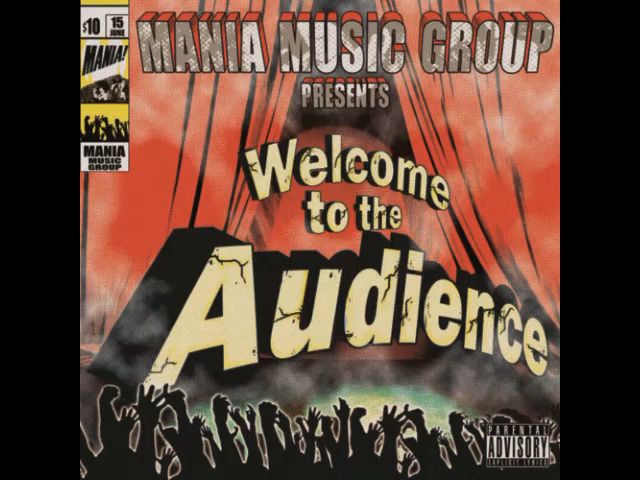
#3 - Promote your work effectively
This is honestly probably one of the most unpopular things that artists find themselves forced into at one point or another. Most people who are here for more than profits aren't usually interested in selling people on their own work, or being seen as a shill.
Don't be the guy who sells ketchup popsicles to the lady in white gloves. Be the guy who sells mustard at a BBQ. - Kane Mayfield
Kane has a few words of wisdom for us when it comes to effective promotion, as he's notoriously quiet about most of the things he's working on, but has sustained healthy success everywhere he puts his effort into.
Connect with your communities
It can be hard to quantify what a "good" or "real" community is, but most people know it when they see it. Most of us can recognize if someone is authentic, genuine, or if they're just going through the motions. You don't want to look for the spots to jump in and shill, but instead wait for the spots where sharing your work providing value for everyone in attendance. attendance.
If I'm putting work out, that means there's probably a community where it belongs. I'm not going to sell Tezos NFTs to Ethereum people for example. - Kane Mayfield
The other important bit to keep in mind when thinking about your own communities is mutual engagement. The collector-artist relationship is a two way street and it's great to do something that benefits both people at once. This also makes it easier for you to share your own work with the community!
Community does not mean collector base, & vice-versa
It is absolutely okay if your collector base isn't an immediate part of your community. It's also okay if your community is a separate group from the ones who collect your work. At the end of the day, you're going to need supporters, and supporters don't have to be customers.
People hate feeling guilttripped or pressured to spend money on things. There's nothing better than feeling bad about not affording a gift for someone you love. So avoid those feelings entirely and let people enjoy. Remember, there's a time and place for everything, so always shill respectfully!
Bring it on home
If this article didn't make it clear that there are roughly a million different ways that someone could go about minting their work across a bunch of different chains, then I'll say it here one last time: there is no one-size fits all strategy for most creators. We simply have to be okay with different strokes for different folks.
With that being said, it is good to experiment with things. Nobody gets it all correct on their first attempt. That's how we make mistakes and learn from them. But we hope chatting about all of the different options out there and getting some fun commentary from Kane can provide some guidance and help you make a more informed decision.
What's your strategy going to be? Let us know in the Discord or give us a tag on Twitter @dns.